As an initial photographic response inspired by the theme of environment I did a shoot at the Jersey Animals’ Shelter. I haven’t yet decided on the main theme for my project as I have several individual ideas that on their own don’t seem interesting or strong enough so I am planning on developing or finding ways to combine them. In this experimental shoot I wanted to explore the environment of animals outside of the usual domestic environment. I focused mainly on pets which have been disclaimed and are awaiting adoption such as cats and a few dogs but I also looked at the rescued wildlife such as birds. I was trying to avoid the typical appearance of Pet photography and the ‘cuteness’ associated with this and instead adopt a documentary style to explore how the animals interact with their environments and the contrast between the clinical-like nature of their environment compared to how they would often be seen in homes. There is also the idea of waiting and being more restricted which I aimed to represent.
This shoot was partly inspired by the photography of Raymond Meeks. Along with his partner Adrianna Ault (whose father ran an animals shelter and she had grown up in this environment) he did a project which involved photographing four major animals shelters in New Orleans. The facilities they engaged with housed a variety of domestic animals but they chose to focus on the dogs. Meeks has said that they began the project without a pre-formed agenda and more questions than answers. They were hoping to find out if certain character traits and behavioural patterns suggested a collective phenotype (characteristics resulting from the interaction of an individuals genotype with an environment). They wanted to see if there was a common thread that united the marginalised animals and if this had any parallels to the human population. Mostly they wanted to examine the human treatment of these vulnerable animals. I was drawn to this project because of the elegant and respectful way in which they captured the animals with the use of black and white creating an emotive tone.
In my shoot I photographed the different animals cared for at the Jersey Shelter but with a focus on the cats. I photographed them as they were released individually from their cages as well as through the glass of these segregated enclosures they are kept in. Below are the edited images from this shoot. I used black and white in reference to the photography of Meeks and because I think it effectively creates a serious atmosphere as well as emphasising the contrasts and shadows. I think this was quite effective because domestic animals aren’t normally seen behind glass and I purposefully included the reflections to show the bars when you can see the animals looking out of the window which is quite interesting.

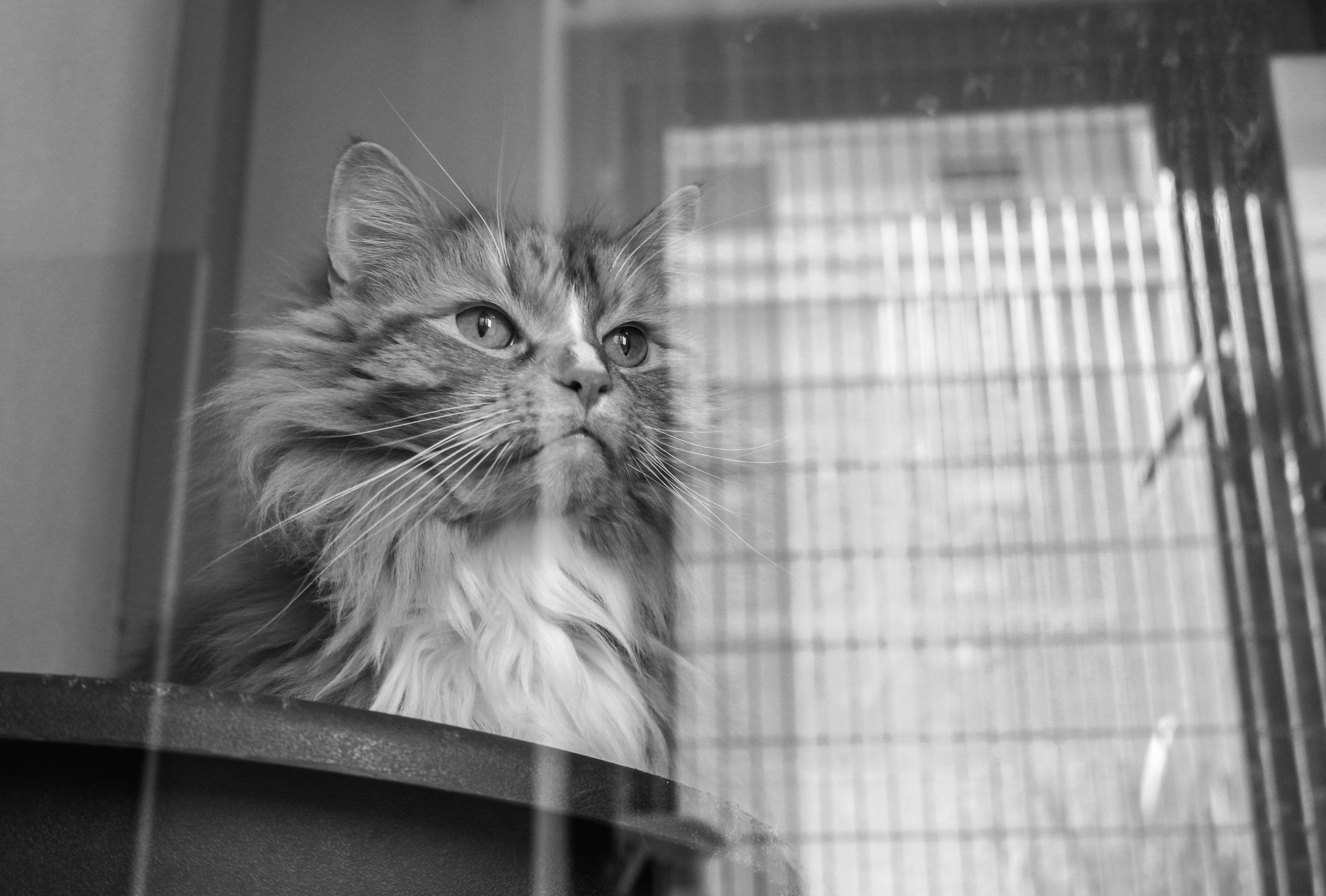








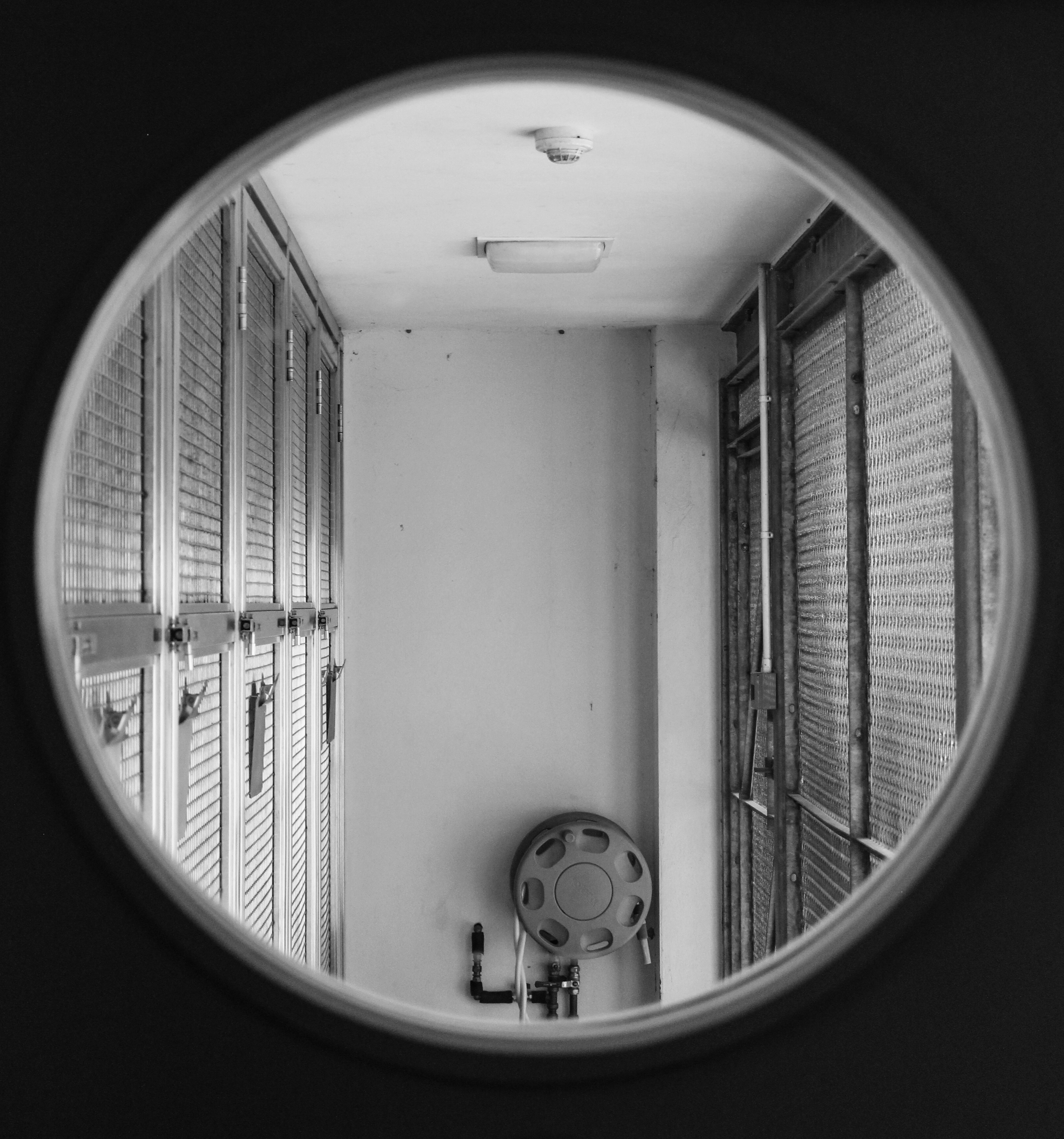
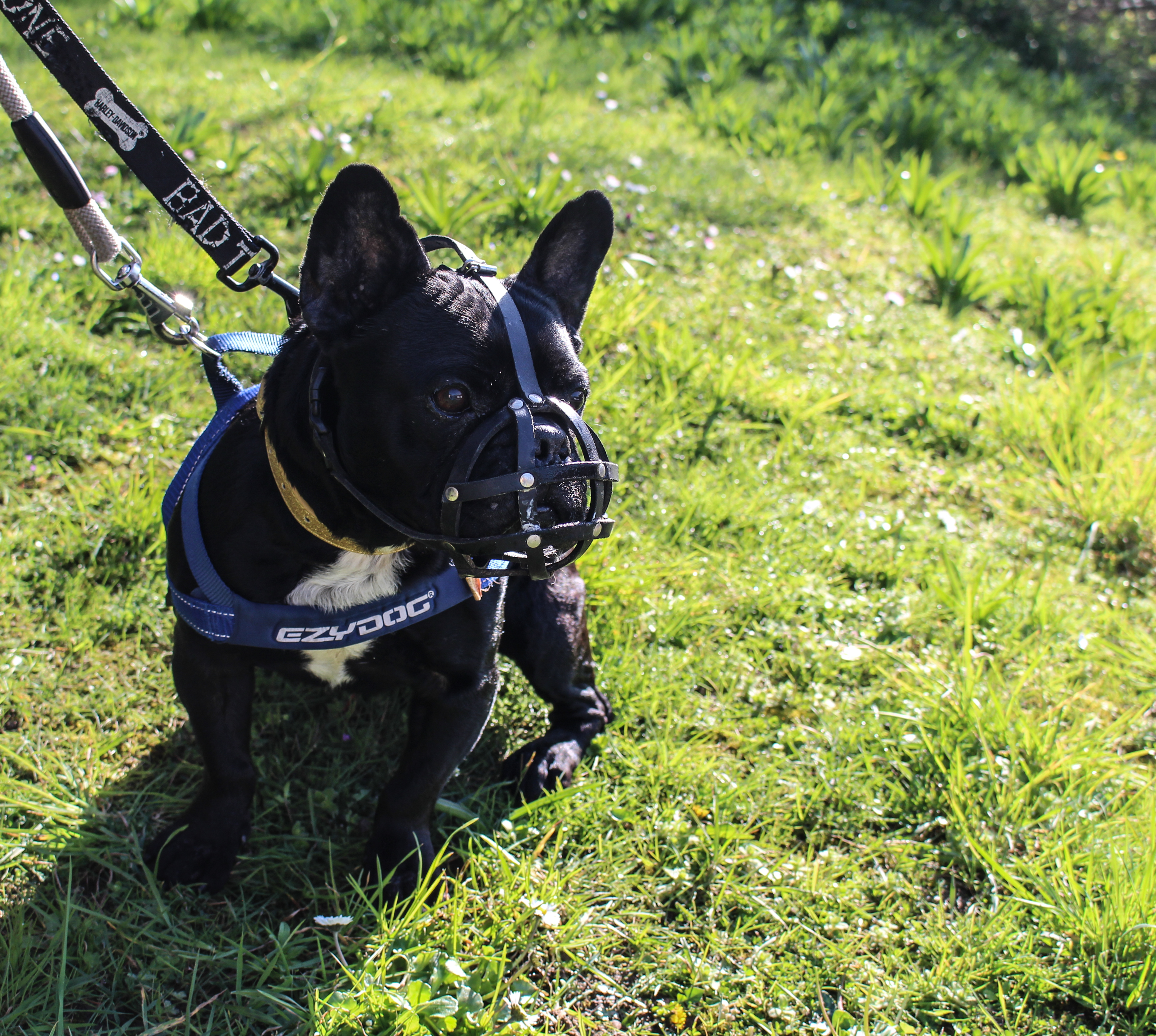

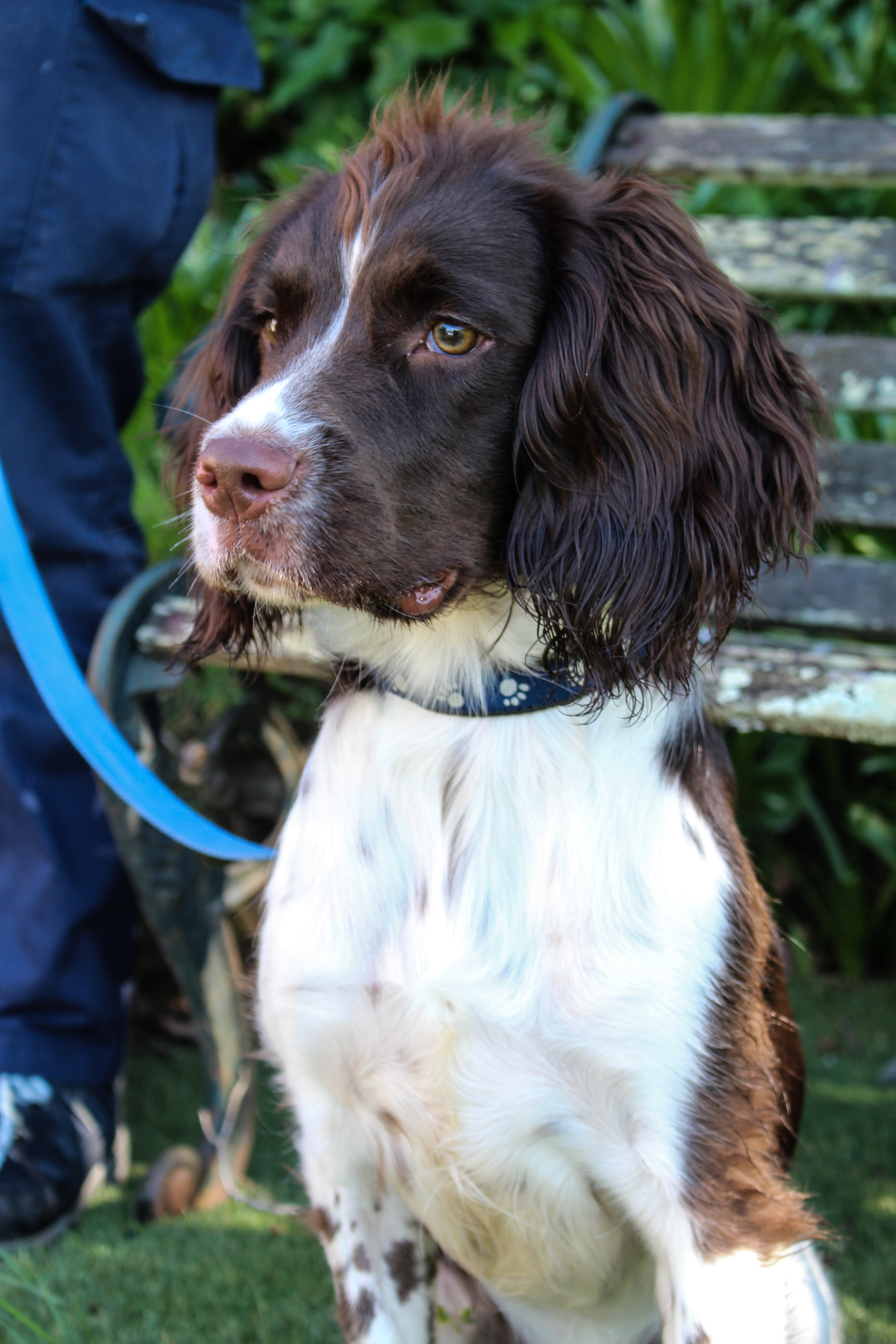


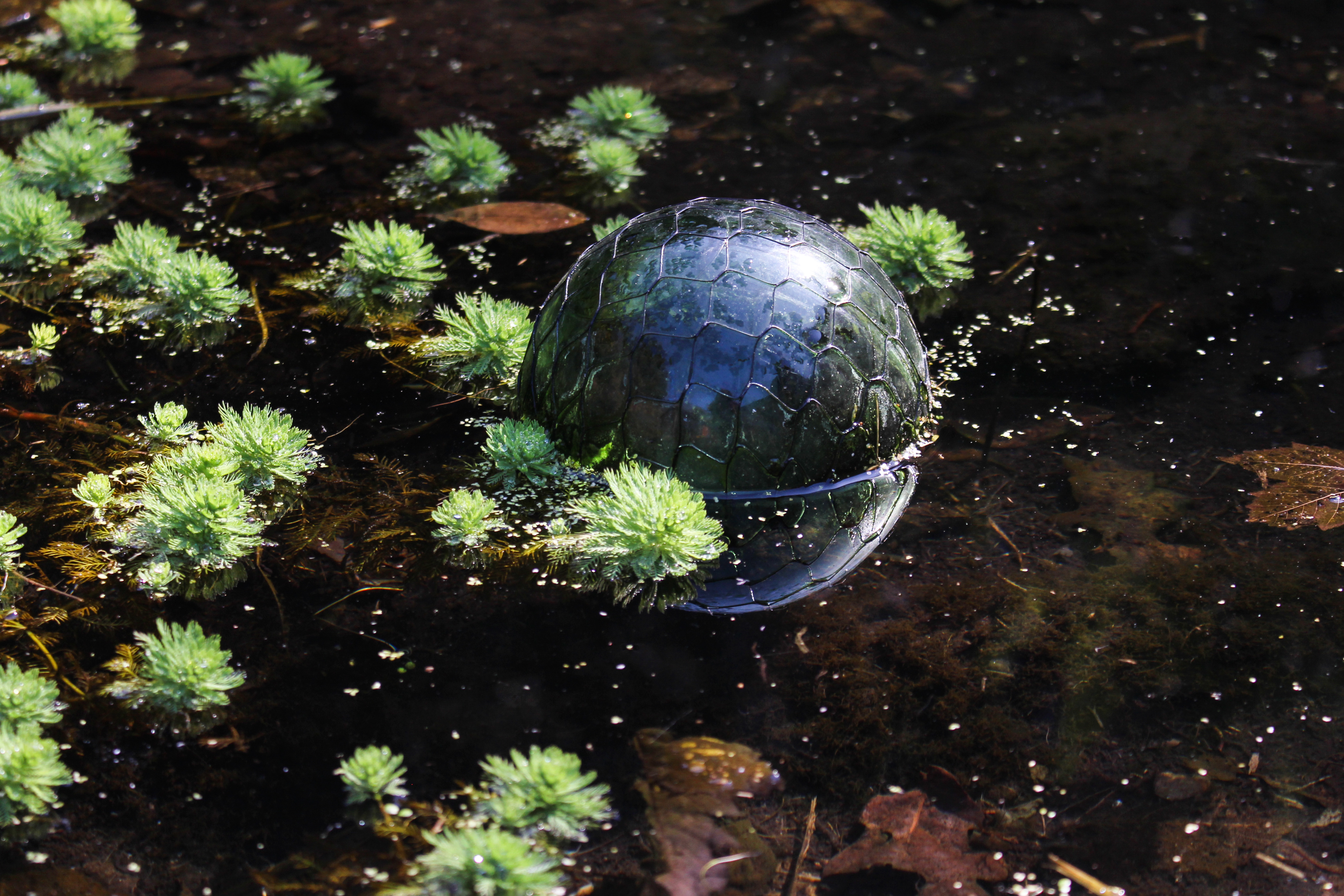


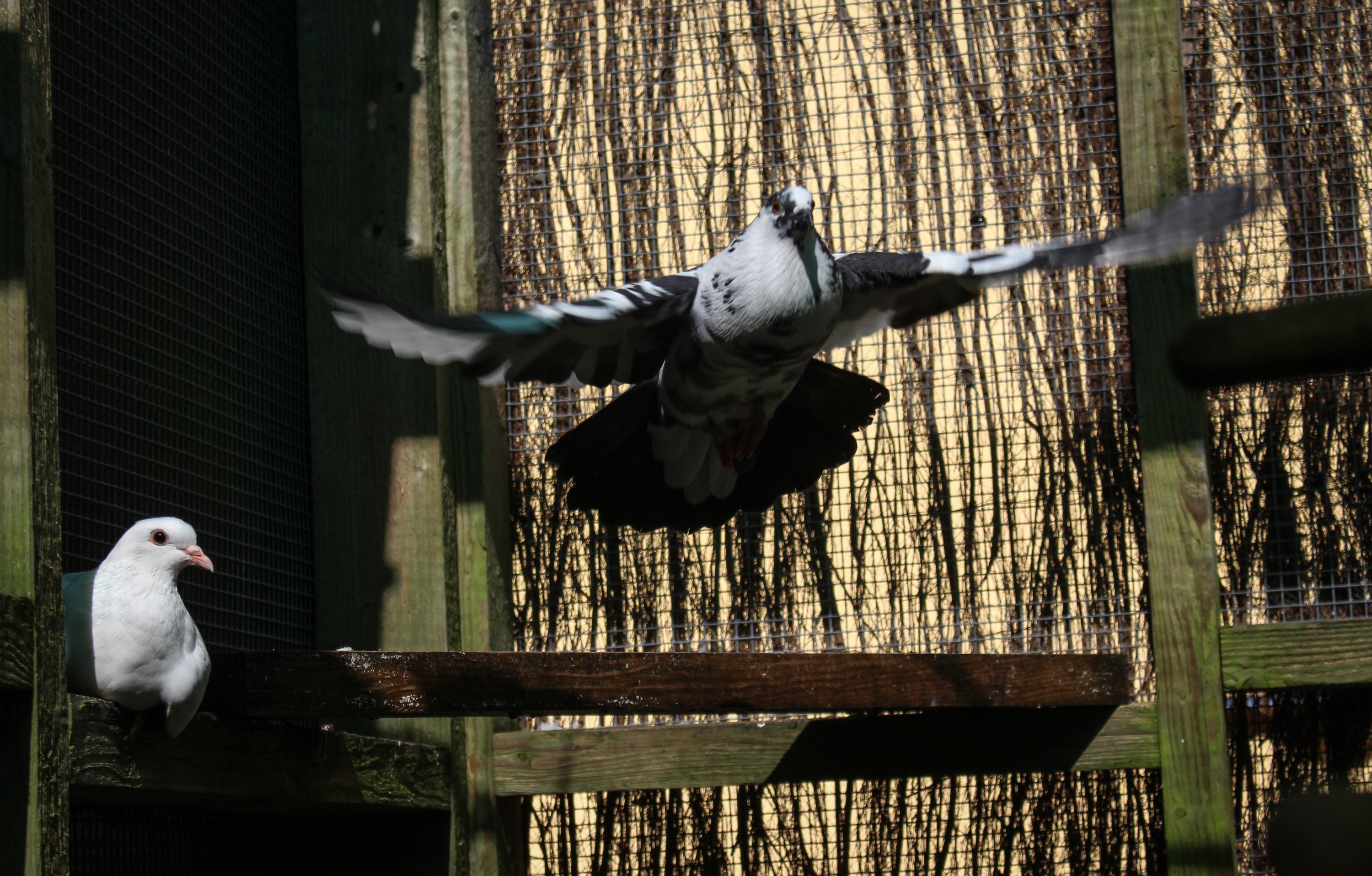
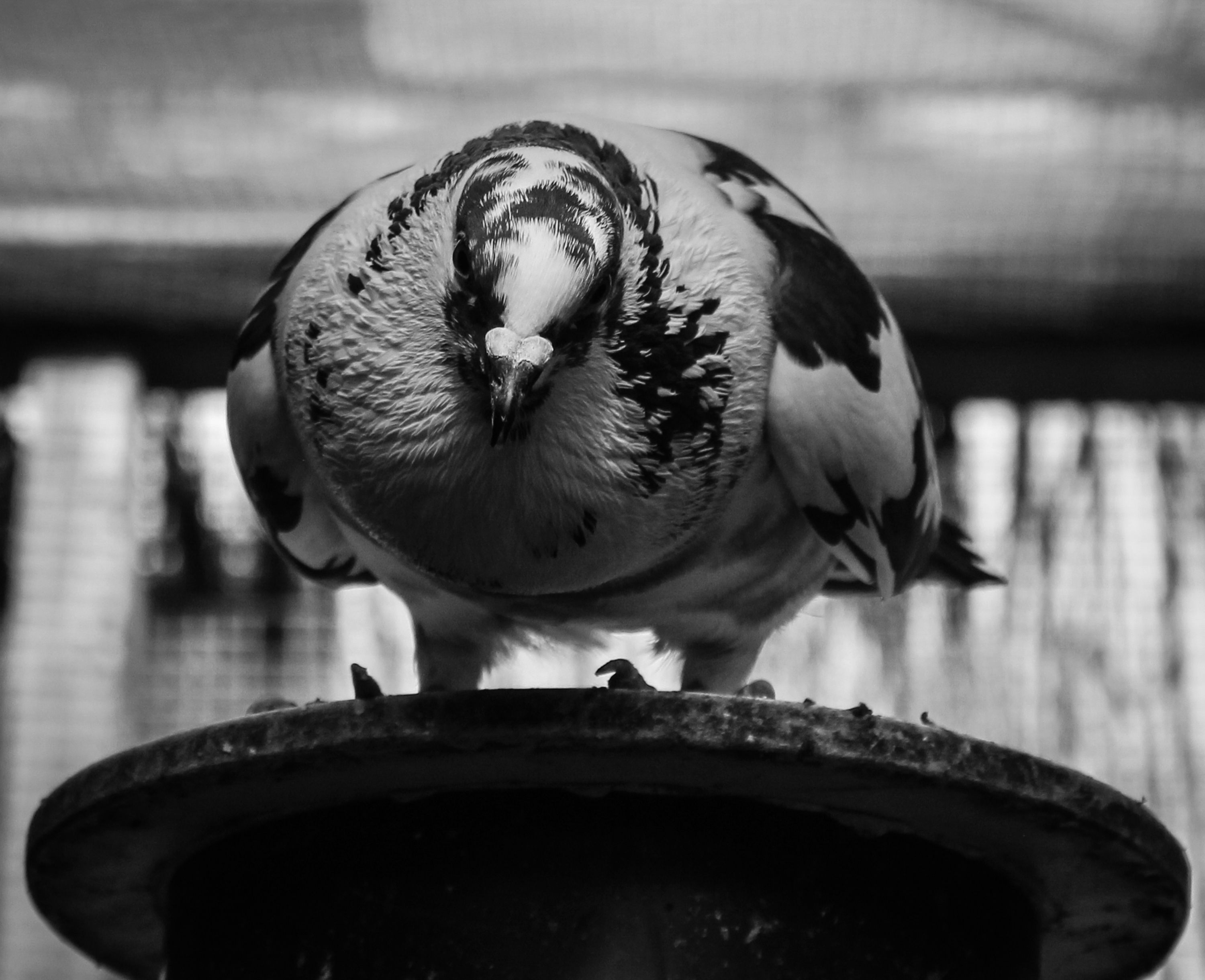

I think if I was going to develop this particular idea further I could explore in greater depth the role of the shelter as a charity and community service within the Island. I could also look into other institutions or local charities where there is a reliance on people to improve environments of people or animals.

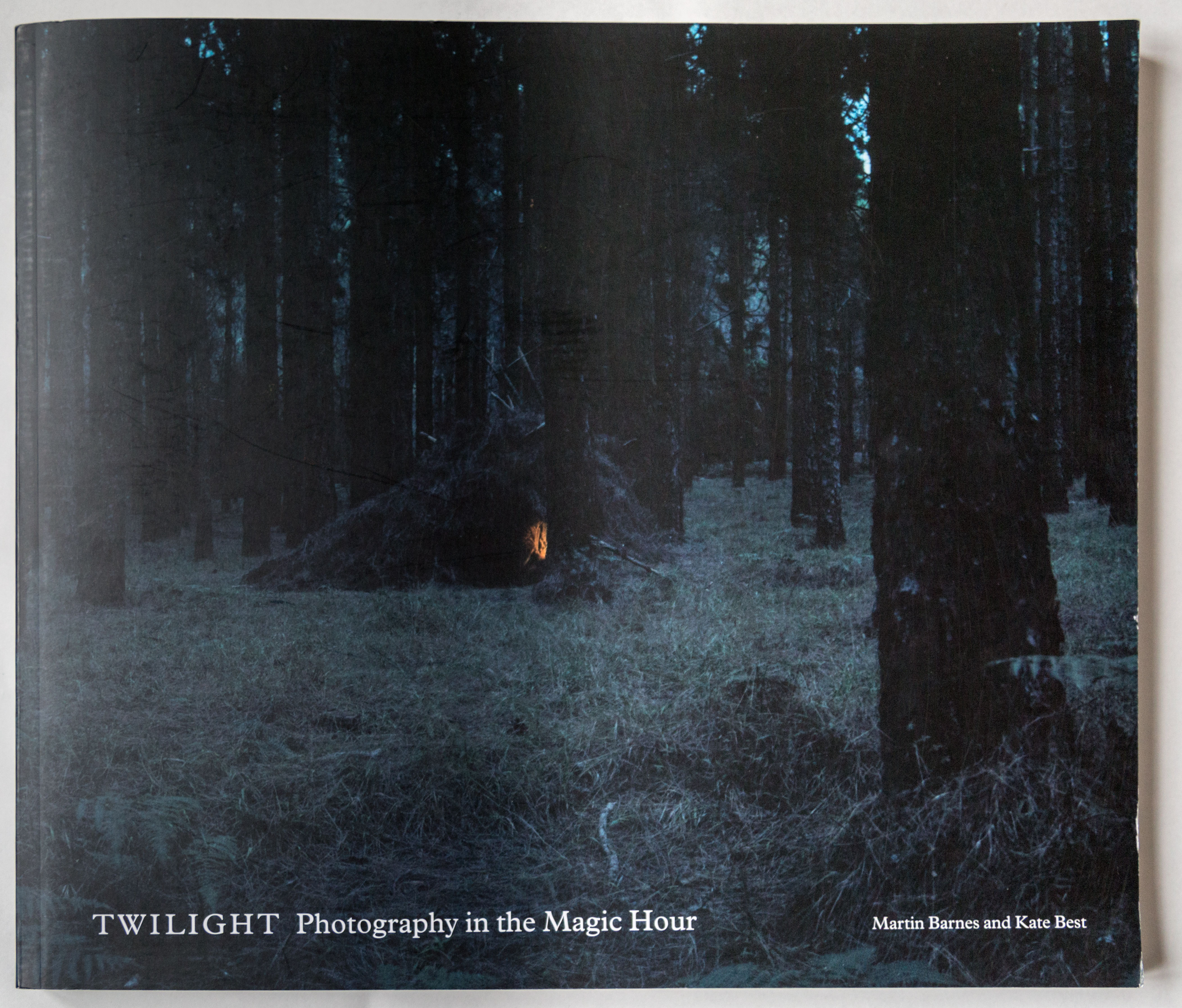






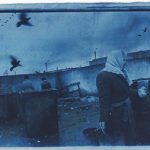



 The first essay, The Gloaming by Martin Barnes, discusses the history of twilight photography and how it develops and changes as well as the pioneers of this genre of photography. It discusses how technology has developed to create better and more experimental photographs exploring this subject. For example from the early years of early photography it was difficult to take a photographs with the correct exposure, often taking several ours just to take a single exposure. The essay brushed over subjects such as 19th century art, Phenomenalism and scientific observation. He also made reference to classical Romanticist painter Caspar David Friedrich who explored how natural lighting could elevate the landscape. e also discussed photography pioneers Nicéphore Niépce, Louis Daguerre and Henry Fox Talbot.
The first essay, The Gloaming by Martin Barnes, discusses the history of twilight photography and how it develops and changes as well as the pioneers of this genre of photography. It discusses how technology has developed to create better and more experimental photographs exploring this subject. For example from the early years of early photography it was difficult to take a photographs with the correct exposure, often taking several ours just to take a single exposure. The essay brushed over subjects such as 19th century art, Phenomenalism and scientific observation. He also made reference to classical Romanticist painter Caspar David Friedrich who explored how natural lighting could elevate the landscape. e also discussed photography pioneers Nicéphore Niépce, Louis Daguerre and Henry Fox Talbot.

